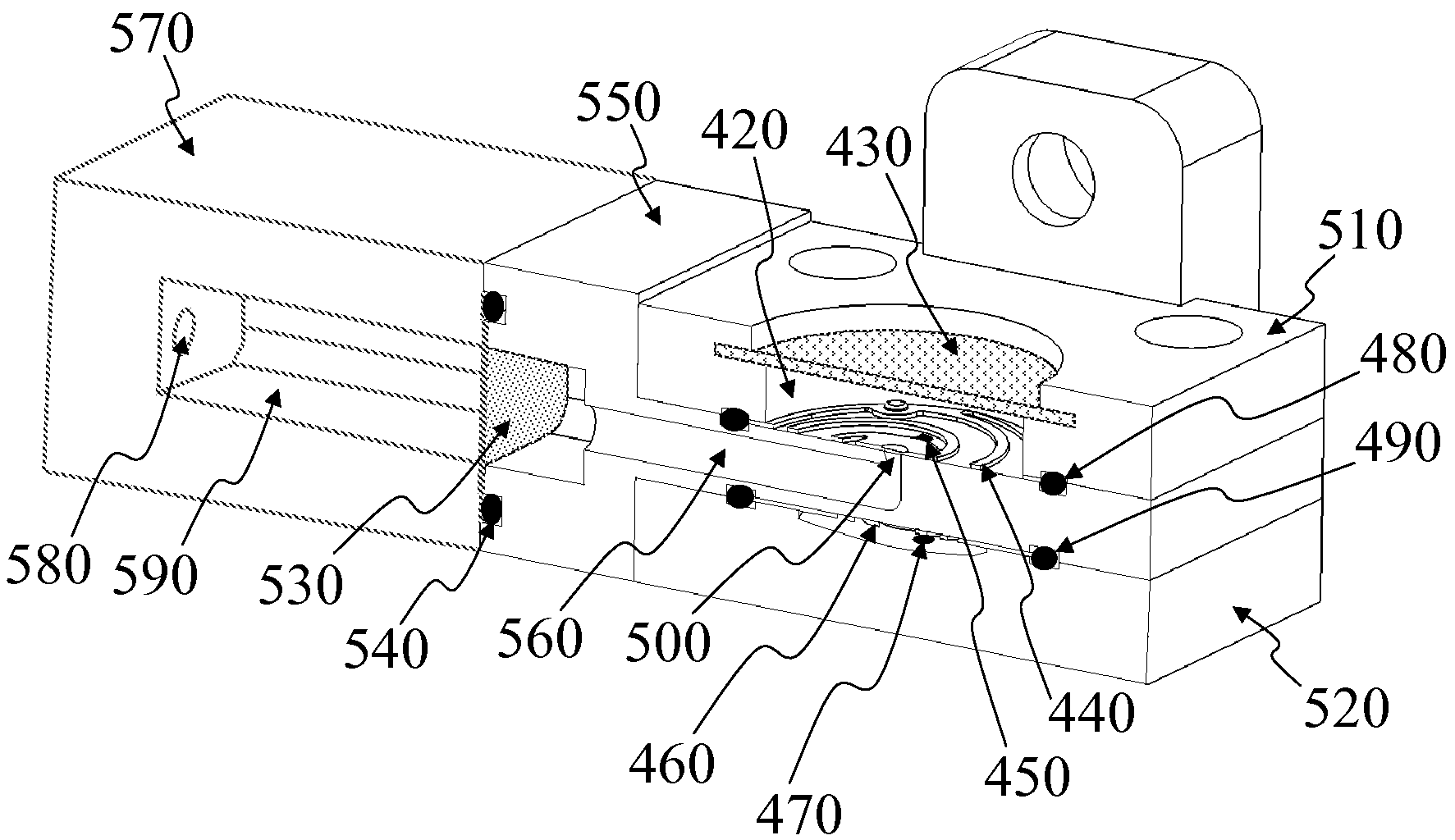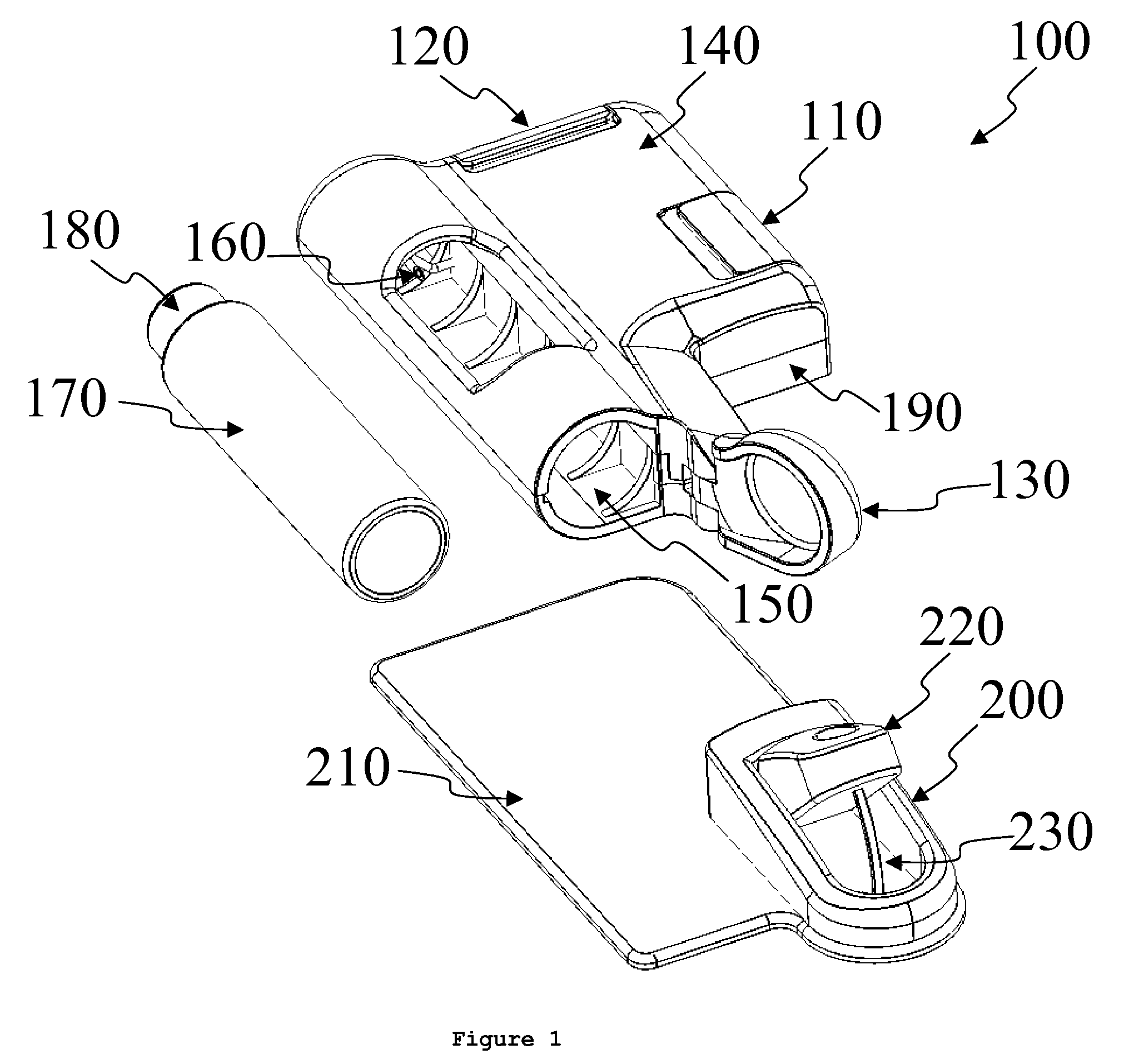Some medicines lose their effectiveness when ingested and must be delivered using other means.
Insulin therapy with syringes and vials is low in cost but requires significant skill and dexterity to draw up the proper amount of
insulin and purge bubbles.
There are several problems associated with existing approaches to
insulin delivery, and insulin therapy in general.
Many patients associate insulin with the last stages of the
disease leading to death, they are afraid of needles and giving themselves injections, and the therapy is complicated and confusing, involving
carbohydrate counting, regulation of
food intake, and the relationship between insulin, food, and exercise.
Physicians
delay putting their Type 2 patients on insulin because the patients are resistant, it is difficult and time-consuming to initiate and manage patients on insulin therapy, and they are afraid of dangerous and potentially fatal hypoglycemic events induced by delivering too much insulin.
This
delay in starting insulin therapy accelerates the course of the
disease.
As mentioned above, the needles used with
syringe and pen injections are intimidating to patients.
Some patients have needle-phobia and just the thought of injecting causes
anxiety.
In addition, syringes offer no means for creating a time
record of delivery, other than relying on the patient to keep a
logbook.
However, they still require the use of needles, and can be inaccurate if the patient does not prime the pen before injecting or does not keep the needle in the
skin and hold the button down for a sufficient length of time during the injection.
Recently introduced smart pens keep a primitive
record of the most recent injections, but cannot distinguish priming shots from regular injections, and do not allow for downloading and analysis of the insulin data in conjunction with blood glucose data.
While insulin pumps offer many benefits relative to syringes and pens, they also have several problems.
Insulin pumps are expensive, complex devices with many features, requiring multiple steps to set up and use.
Thus they are difficult for health care providers to learn and teach, and for patients to learn and use.
The indirect pumping approach is susceptible to over-delivery of insulin due to siphoning and pressure differentials.
Bubbles present a major challenge with conventional insulin pumps, which rely on the user to fill a
syringe-like reservoir.
It is difficult for the user to purge all of the air out of the
system when setting up the pump, and additional bubbles can form when dissolved gas in the insulin comes out of solution due to changes in temperature or pressure.
During delivery, bubbles displace insulin and reduce delivery accuracy.
Many physicians, including endocrinologists and PCPs, are unwilling to put their patients on pumps because they don't think their patients can
handle it, or because it will cause more work for the physicians that they are not reimbursed for.
The pumps are relatively large, making them difficult to wear and operate discretely.
Insulin pump therapy is expensive, with conventional pumps costing approximately $5,000 up front.
Many people who could benefit from
insulin pump therapy, such as Type 2 diabetics, are unable to use them or choose not to use them because of the disadvantages discussed above.
 Login to view more
Login to view more  Login to view more
Login to view more 


